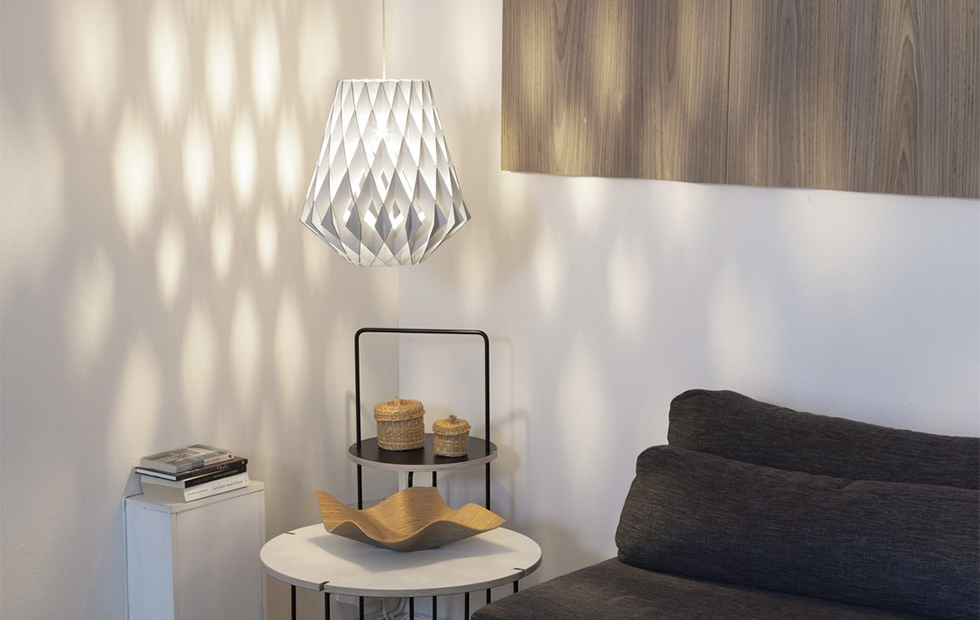
In an era where environmental consciousness takes centre stage, sustainable practices extend into every facet of our lives, including the way we light up our spaces. Sustainable lighting is not merely about brightness; it’s a commitment to reducing our carbon footprint and embracing eco-friendly technologies.
In this blog post, we’ll explore the importance of sustainable lighting, its key components, and how it contributes to a greener, more energy-efficient future.
The Significance of Sustainable Lighting:
Traditional lighting sources, such as incandescent and fluorescent bulbs, have long dominated our homes and workplaces. However, these sources are not only energy-intensive but also contribute significantly to carbon emissions.
Sustainable lighting, on the other hand, is a holistic approach that seeks to address these issues by adopting eco-friendly technologies, reducing energy consumption, and minimising environmental impact.
Key Components of Sustainable Lighting:
- LED Technology: At the forefront of sustainable lighting is Light Emitting Diode (LED) technology. LED bulbs are renowned for their energy efficiency, longevity, and minimal environmental impact. Unlike incandescent bulbs, LEDs convert a higher percentage of energy into light rather than heat, making them more energy-efficient and cost-effective over time.
- Energy Efficiency: Sustainable lighting prioritises energy efficiency. LED bulbs use up to 80% less energy than traditional incandescent bulbs, translating into reduced electricity bills and lower greenhouse gas emissions. Energy-efficient lighting options contribute to a more sustainable future by conserving resources and minimising the environmental impact of energy production.
- Smart Lighting Systems: The advent of smart lighting systems has revolutionised the way we illuminate our spaces. These systems utilise sensors, timers, and automation to optimise energy usage. For instance, smart lights can adjust brightness based on natural daylight, turn off when a room is unoccupied, and be controlled remotely through smartphones. This not only enhances convenience but also ensures that energy is used only when necessary.
- Recyclable Materials: Sustainable lighting goes beyond energy efficiency to consider the entire lifecycle of lighting products. Manufacturers are increasingly using recyclable materials in the production of lighting fixtures, reducing waste and minimising the environmental impact of disposal. Designing products with end-of-life recycling in mind is a key aspect of sustainable lighting practices.
Environmental Impact:
The environmental benefits of sustainable lighting are manifold. By reducing energy consumption, sustainable lighting directly contributes to a decrease in carbon emissions from electricity generation. This not only helps combat climate change but also reduces the demand for finite resources used in power production.
Moreover, the longer lifespan of LED bulbs means less frequent replacements, further reducing the overall environmental impact. As these bulbs contain fewer hazardous materials, such as mercury found in fluorescent bulbs, there is a decreased risk of environmental pollution during disposal.
Economic Advantages:
While the initial cost of LED bulbs and smart lighting systems may be higher than traditional alternatives, the long-term economic advantages are substantial. The energy savings over the lifespan of LED bulbs often outweigh the upfront costs, resulting in significant financial savings for consumers and businesses alike.
Additionally, governments and utility companies around the world are increasingly offering incentives and rebates for the adoption of energy-efficient lighting technologies. These incentives make the transition to sustainable lighting even more appealing, providing an added economic impetus for individuals and organisations.
Sustainable lighting is not just a trend; it’s a crucial step towards a more sustainable and eco-friendly future. By embracing LED technology, prioritising energy efficiency, and incorporating smart lighting systems, we can illuminate our spaces while minimising environmental impact.
The economic advantages and positive contributions to climate change mitigation make sustainable lighting a beacon of hope for a brighter, greener tomorrow. As we navigate the path towards a more sustainable future, let our choices in lighting be a shining example of responsible and environmentally conscious living.
Explore our trusty retailers ↓
Dowsing & Reynolds, Utility Design, Holloways of Ludlow, Lighting Lover, Beut, Amara, Naken and David Village Lighting


